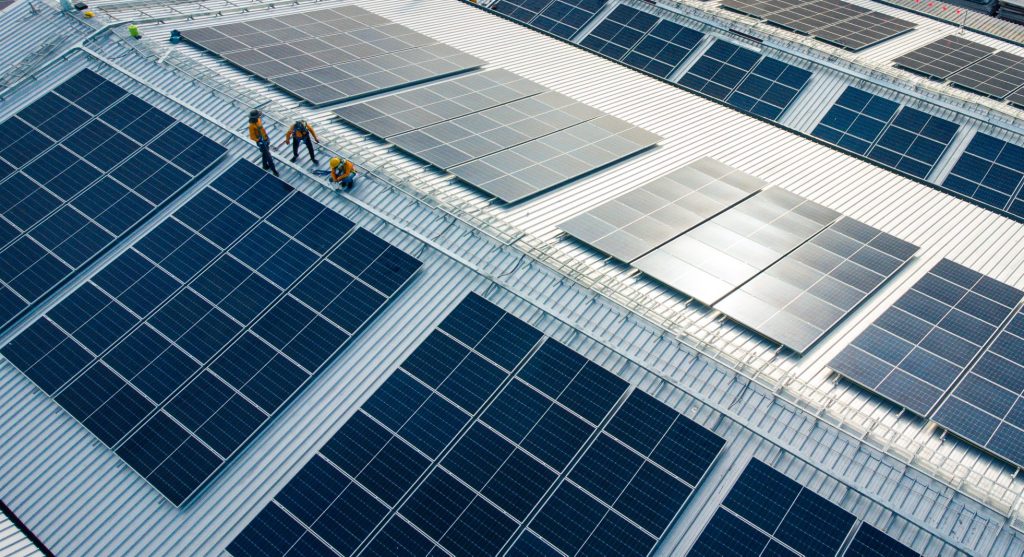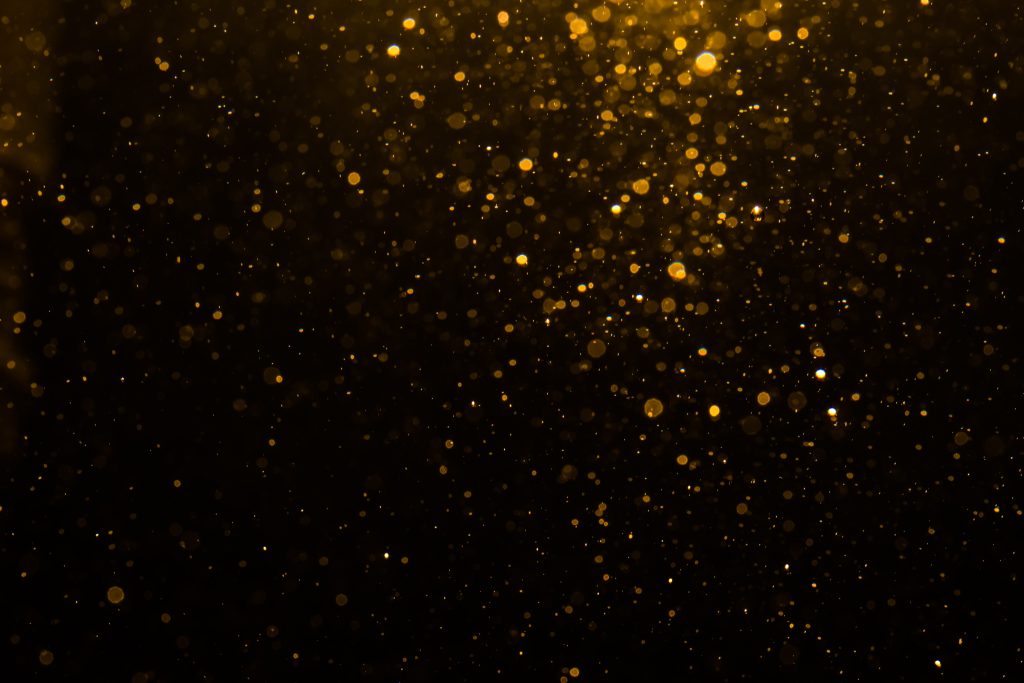Sustainable Drainage Systems
The Smart Water Story
Here’s the thing about water – it’s brilliant at what it does, but left to its own devices on concrete and tarmac, it can cause quite the headache. That’s where Sustainable Drainage Systems (SuDS) come in, and frankly, they’re rather clever.
How Morson Praxis Makes It Happen
We don't just manage water - we make it work harder, smarter, and more sustainably for everyone involved.
We’ve spent years mastering the art and science of sustainable drainage, and here’s what we’ve learned: every site tells a different story, and every solution needs to fit like a bespoke suit. No cookie-cutter approaches here.
Our SuDS Expertise Covers:
Consultation and Strategic Assessment
We start by getting to know your site inside and out. What’s the soil like? How does water naturally want to move? What are your specific challenges? It’s detective work, really – but with engineers who know exactly what clues to look for.
Design and Implementation
Once we’ve cracked the code of your site, our team crafts sustainable drainage systems that work seamlessly with what you’ve already got. We’re not here to rip everything up and start again – we’re here to make smart, targeted improvements that deliver real results.
Maintenance and Monitoring
Like any good relationship, SuDS need a bit of ongoing attention. We provide the expertise to keep your systems running smoothly, because the last thing you want is a drainage solution that becomes a drainage problem.
Training and Knowledge Transfer
We believe in sharing the wisdom. Our training programmes ensure your team understands not just the ‘what’ but the ‘why’ behind sustainable drainage – because informed clients are empowered clients.
Why Morson Praxis Gets It Right
Deep Technical Know-How
Years of experience have taught us that sustainable drainage isn’t just about moving water from A to B – it’s about understanding hydrology, ecology, planning regulations, and how they all work together. We speak fluent ‘technical’ but translate it into plain English.
Future-Forward Thinking
The drainage world moves fast, and so do we. We’re constantly exploring new technologies and techniques, because today’s innovative solution becomes tomorrow’s industry standard.
Partnership Approach
We’re not here to tell you what you need – we’re here to listen, understand, and collaborate. Your challenges become our challenges, and we roll up our sleeves accordingly.
Sustainability at Our Core
This isn’t just about managing water – it’s about creating systems that enhance biodiversity, reduce pollution, and build resilience for the future. Because good drainage today means a better environment tomorrow.

